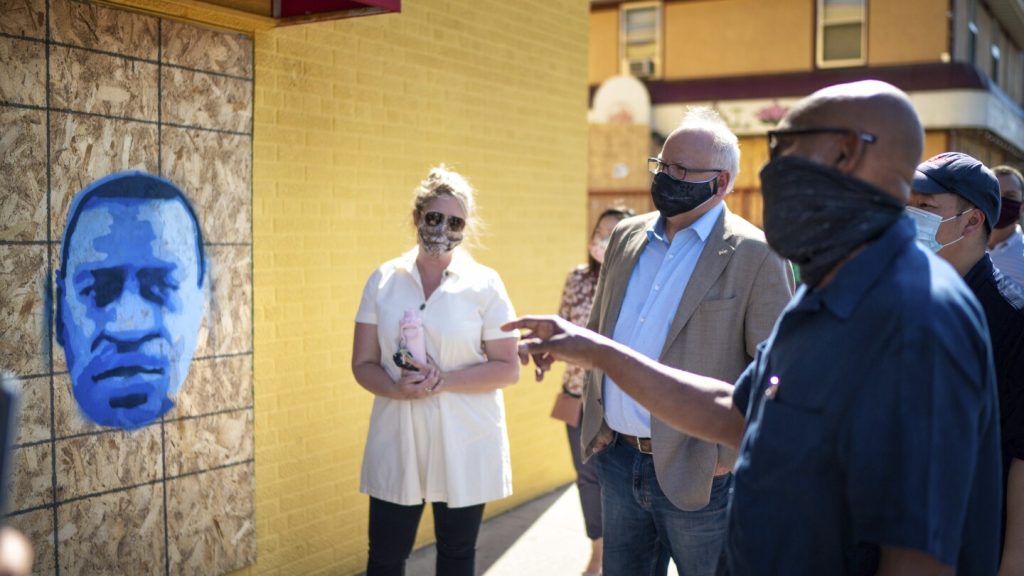Gov. Tim Walz, the Governor of Minnesota, faced intense scrutiny and criticism in 2020 after the murder of George Floyd by a white Minneapolis police officer sparked protests and riots in the state. Republicans criticized Walz for his response to the violence, accusing him of not acting quickly enough, while progressives felt he did not take bold enough steps to address police abuses. Despite the backlash, Walz defended his actions, highlighting the coordination between local, state, and federal authorities during the crisis. He emphasized that the response in Minnesota should serve as a model for other states facing similar challenges.
Following Floyd’s death on Memorial Day in 2020, protests quickly escalated, leading to looting and destruction in Minneapolis. Walz initially hesitated to mobilize the National Guard but eventually approved a limited activation to protect firefighters and the State Capitol complex. However, the situation continued to deteriorate, with protestors taking control of a police station and setting it on fire. Walz eventually took responsibility for the state’s response, imposing a nighttime curfew and ordering a full mobilization of the Guard. By the time the violence subsided, over 1,500 businesses and buildings had been damaged, costing an estimated $500 million.
In the aftermath of the riots, the Republican-controlled Minnesota Senate criticized Walz for failing to confront the rioters and for not acting in a timely manner to stop the violence. Former President Donald Trump also weighed in on the situation, falsely claiming credit for deploying the National Guard when it was actually Walz who gave the mobilization orders. Despite the criticism, Trump praised Walz for his handling of the crisis during a conference call with governors and administration officials, commending the swift response in Minneapolis.
Two external reviews conducted in 2022 found shortcomings in both the city’s and the state’s responses to the riots. The reports cited a lack of clear leadership, delayed mobilization of the National Guard, and confusion in the command structure. Despite the criticisms, Walz pushed for sweeping changes in police accountability, including banning neck restraints and implementing a duty to intercede on officers using excessive force. However, some leaders in the police reform movement feel that Walz has been more supportive of law enforcement than protestors, citing stalled efforts to end qualified immunity for police officers and increase the statute of limitations for police misconduct cases.
Overall, Walz’s response to the crisis following George Floyd’s murder remains a point of contention among various stakeholders. While supporters praise his efforts to seek reform and advocate for legislation, critics highlight perceived shortcomings and failures in leadership during the protests and riots. As Walz continues to navigate these challenges and criticisms, the legacy of his response to the events of 2020 will likely shape the future of policing and race relations in Minnesota.


